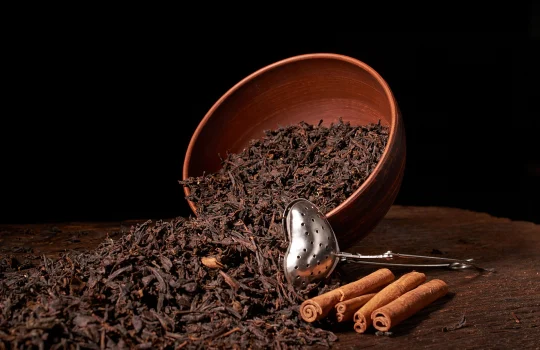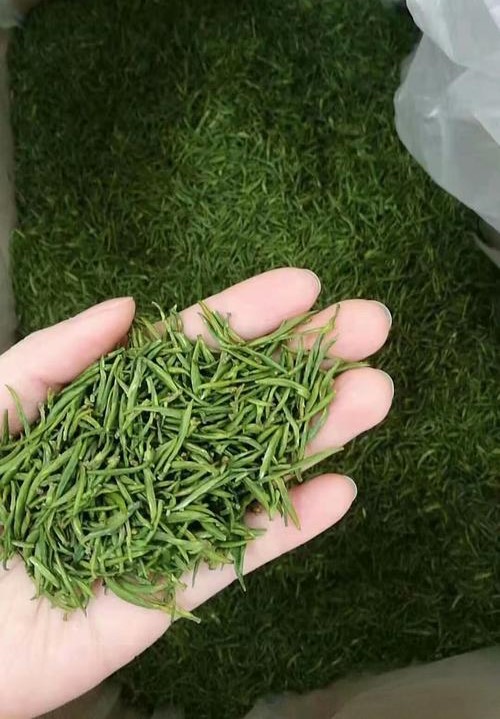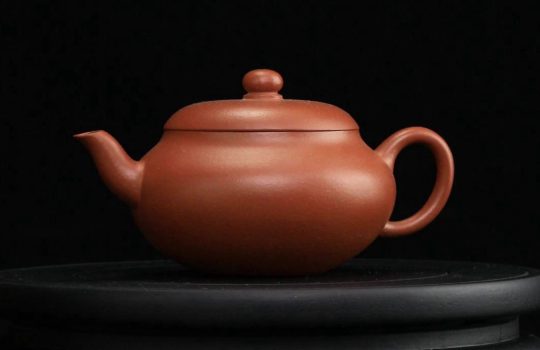Place of origin: Dongting Mountain, on the shores of Lake Taihu in Suzhou, Jiangsu Province.
Quality characteristics: Dry tea leaves are uniformly thin and slender, shaped like snails, covered with downy hairs,with hidden green tips and a fragrant aroma.
Tea liquor: Yellow-green and clear.
Aroma: Fresh and elegant.
Taste: Fresh, crisp, and mellow.
Leaf base: Soft, green, uniform, and bright.
Introduction to Biluochun
Biluochun is a green tea and one of China’s Ten Famous Teas, renowned as a treasure among teas for its ‘Four Excellences’ of beautiful shape, vibrant colour, rich aroma, and mellow taste. It is China’s second-most famous tea after West Lake Longjing. Biluochun has a long history, originally known as ‘Xia Sha Ren Xiang’ (Aroma That Stuns). Its current name, ‘Biluochun,’ and its fame both domestically and internationally are largely attributed to Emperor Kangxi. It is said that during Emperor Kangxi’s southern inspection tour in the 38th year of his reign, he visited Taihu Lake, tasted the tea, and highly praised it. Upon hearing its original name, he found it inappropriate and renamed it ‘Biluochun,’ making it an imperial tribute tea. One of the distinctive features of Biluochun is the interplanting of tea trees with fruit trees, allowing the tea to absorb the fragrance of the fruit and the flowers to infuse the tea with their aroma, thereby nurturing the natural quality of Biluochun’s tea fragrance and fruit flavour.
Taste
The taste is delicate, fragrant, and refreshing, with a sweet aftertaste, thanks to the floral and fruity aromas. The first sip is delicate and fragrant, the second sip is aromatic and rich, and the third sip is fragrant and sweet.
Detailed description of the tea leaves
Dongting Biluochun has silver buds, with one bud and one leaf. The bud is covered in white downy hairs, and the leaf is curled and light green. Counterfeit Biluochun has one bud and two leaves, with uneven lengths and a yellowish hue, and the downy hairs are mostly green rather than white. From the dry tea’s colour, genuine Biluochun has a soft, natural hue, with two distinct colours: the leaves are green, and the tender buds are greyish-white; counterfeit Biluochun appears dark, greenish, bluish, or dull in colour. When brewed with boiling water, genuine Biluochun tea has a light yellow colour, with a soft, bright, and vibrant hue; tea with added colouring has a bright green colour and appears yellowish and dull,
resembling the colour of aged tea.
Tea Storage Methods
Traditionally, Biluochun tea is stored by wrapping the leaves in paper, placing them in a jar with bagged lime blocks, and sealing the jar to absorb moisture. Nowadays, people often use three layers of plastic food-grade bags to tightly seal the tea, isolating it from air, and then store it in a refrigerator or freezer at low temperatures. This method allows Biluochun to be stored for over a year while retaining its colour, aroma, and taste as if it were fresh tea.
Tea Benefits
Refreshing and Energising: The caffeine in Biluochun stimulates the central nervous system, helping to invigorate the mind, enhance thinking, alleviate fatigue, and improve learning or work efficiency.
Antibacterial and anti-inflammatory: The polyphenols and tannic acid in Biluochun tea act on bacteria, coagulating bacterial proteins and killing the bacteria. For skin ulcers, wounds with pus, or broken skin, rinsing the affected area with concentrated Biluochun tea has an anti-inflammatory and antibacterial effect. Tea Planting Methods
The Dongting Biluochun tea-growing region is a renowned tea and fruit intercropping area in China, where tea plants are interplanted with fruit trees such as peaches, plums, apricots, cherries, persimmons, oranges, ginkgo nuts, and pomegranates.
The Story of Biluochun Tea
The Legend of the Beautiful Biluo Girl
It is said that long ago, there lived a young woman named Biluo on the western side of Dongting Mountain by Taihu Lake, and a young man named Axiong on the eastern side. The two were deeply in love. One year, a fierce and brutal dragon appeared in Taihu Lake, threatening to capture Biluo. Axiong fought the dragon for seven days and seven nights, and the dragon finally died, but Axiong also collapsed in a pool of blood. To repay Ah Xiang for saving her life, Bi Luo personally cared for him, but his injuries grew worse day by day. One day, Biluo Girl went to the place where Ah Xiang had fought the dragon to gather herbs. Suddenly, she noticed a small tea tree growing exceptionally well. She thought to herself, ‘This is a witness to Ah Xiang’s battle with the dragon; I should nurture it properly.’ By the time of the Qingming Festival, the small tea tree had sprouted tender green buds. Biluo picked a handful of the young shoots, took them home, and brewed them into tea for Ah Xiang to drink. Strangely enough, after drinking the tea, Ah Xiang’s condition improved day by day, while Biluo’s health deteriorated, and she eventually died in Ah Xiang’s arms. Ah Xiang was overcome with grief and buried her beside the tea tree on Dongting Mountain. From then on, he dedicated himself to cultivating the tea tree and producing fine tea. To commemorate Biluo, people named this precious tea ‘Biluochun.’




